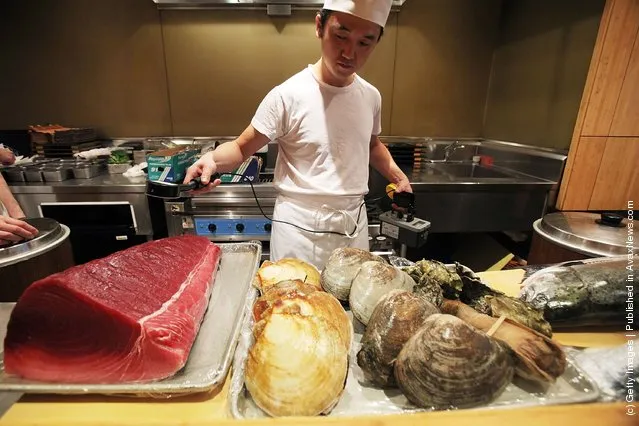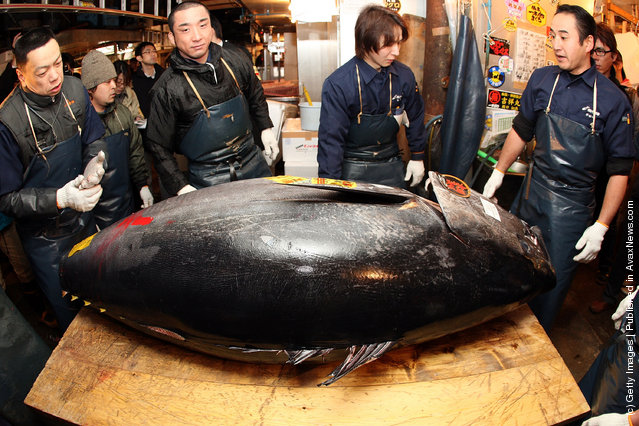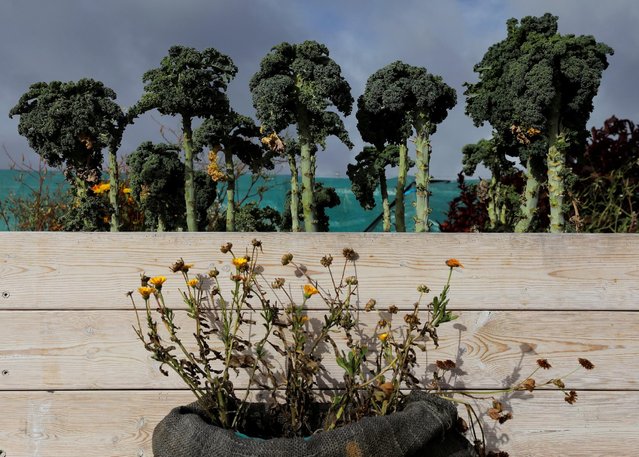
Ever wonder what a human head would look like if he or she was turned into a pastry? Well now you can, thanks to the works created by the photographer Brandon Voges. Some of the pictures are light and funny, while others are pretty gruesome and outright disgusting. For example, the comparison of an old lady with some chunky, orange-colored pastry coated with what looks like syrup, really makes you lose your appetite. It is a wonder how they decided to use such an unappealing picture to promote an annual food show of the National Restaurant Association. (Photo by Brandon Voges)
17 Oct 2014 07:00:00,post received
0 comments







